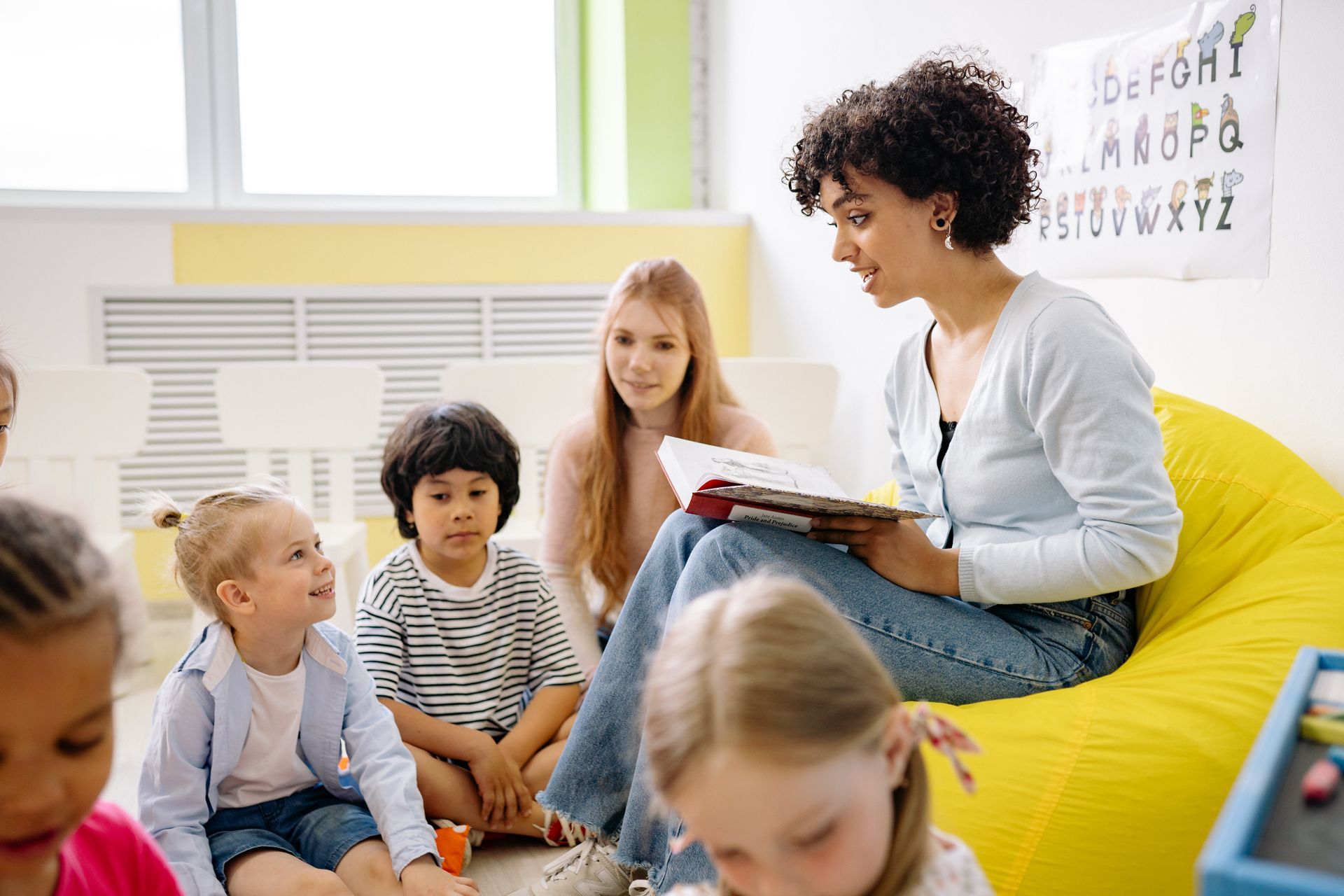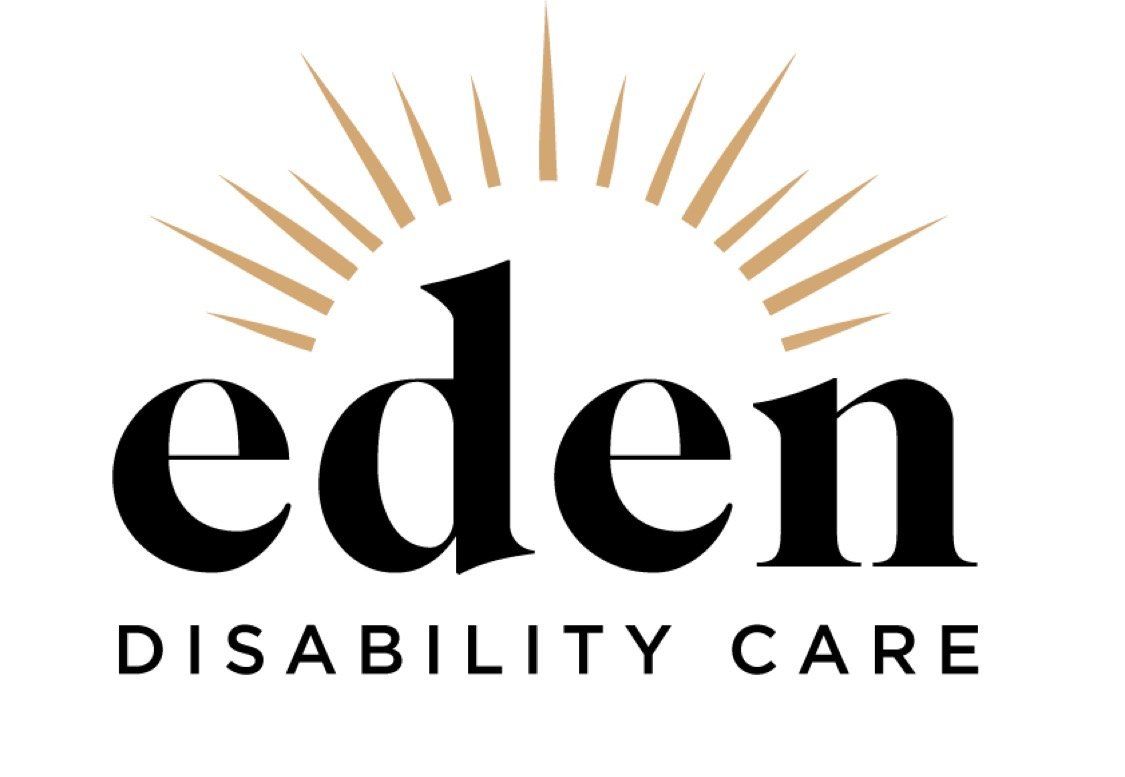Fostering Inclusion Within the Classroom
Empowering Teachers and Students to Create Disability-Friendly Classrooms

List of Services
-
Books
Classroom and school libraries should have a diverse selection of books that reflect and honor all diverse experiences. Incorporating books that promote inclusion, especially for individuals with disabilities, holds immense importance. These books serve as powerful tools to foster empathy, understanding, and acceptance among students. By featuring characters with various disabilities and diverse life experiences, these books not only validate the experiences of those with disabilities but also educate the broader student body about the challenges and strengths associated with different abilities. Such literature encourages an environment of respect, open-mindedness, and equity, nurturing a generation of compassionate and inclusive individuals who can engage with people of all backgrounds and abilities on equal footing.These books play a vital role in creating an environment where every student feels valued and represented.
-
Language
Modeling inclusive language helps others to recognize and respect diversity and all identities. Teachers play a crucial role in fostering an inclusive learning environment by modelling the use of inclusive language that embraces individuals with disabilities. By consciously choosing words and phrases that prioritise respect and dignity, educators demonstrate to their students that everyone's unique abilities and experiences are valued. Incorporating terminology that acknowledges various disabilities and challenges, while avoiding stigmatizing or demeaning language, helps create a classroom atmosphere where all students feel accepted and empowered to participate fully in discussions and activities. Through consistent and thoughtful use of inclusive language, teachers contribute to building a more compassionate and accessible educational space for students of all abilities.
-
Activities
Inclusive teaching practices are essential for creating a diverse and welcoming classroom environment, particularly for individuals with disabilities. Teachers play a pivotal role in ensuring that all students can actively participate and learn. By incorporating a variety of inclusive activities such as adaptable assignments, multi-sensory learning materials, and flexible grouping strategies, educators can cater to different learning styles and abilities. Additionally, fostering open communication and providing necessary accommodations not only empowers students with disabilities but also promotes a sense of belonging and equitable education for everyone. Switch out activities that are not inclusive of all students.
-
Spaces
The classroom is an environment that plays a role in learning just as much as the teacher and classmates do. Think about how the physical space is organised and how the visual elements on the walls add or distract from learning. Creating an inclusive physical classroom environment is of paramount importance for teachers, particularly for individuals with disabilities. Such an environment not only fosters a sense of belonging and equality, but also enhances the learning experience for all students. By meticulously arranging furniture, considering mobility pathways, and incorporating assistive technologies, teachers can ensure that every student, regardless of their abilities, can access the curriculum and actively engage in educational activities. This thoughtful approach promotes a culture of diversity, empathy, and collaboration, ultimately enriching the educational journey and preparing students to thrive in a more inclusive and accommodating society.
In conclusion, teachers play a vital role in shaping an inclusive classroom environment that accommodates individuals with disabilities. By prioritizing accessibility and thoughtful design, educators not only support the learning needs of all students but also promote a broader societal shift towards greater inclusion and acceptance. Inclusive physical spaces empower individuals to participate fully, fostering a sense of unity and shared learning experiences that benefit everyone in the classroom.








